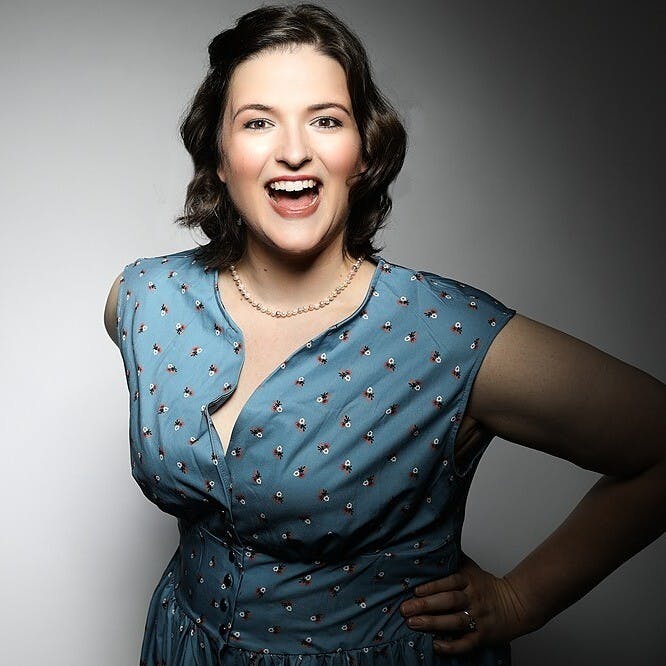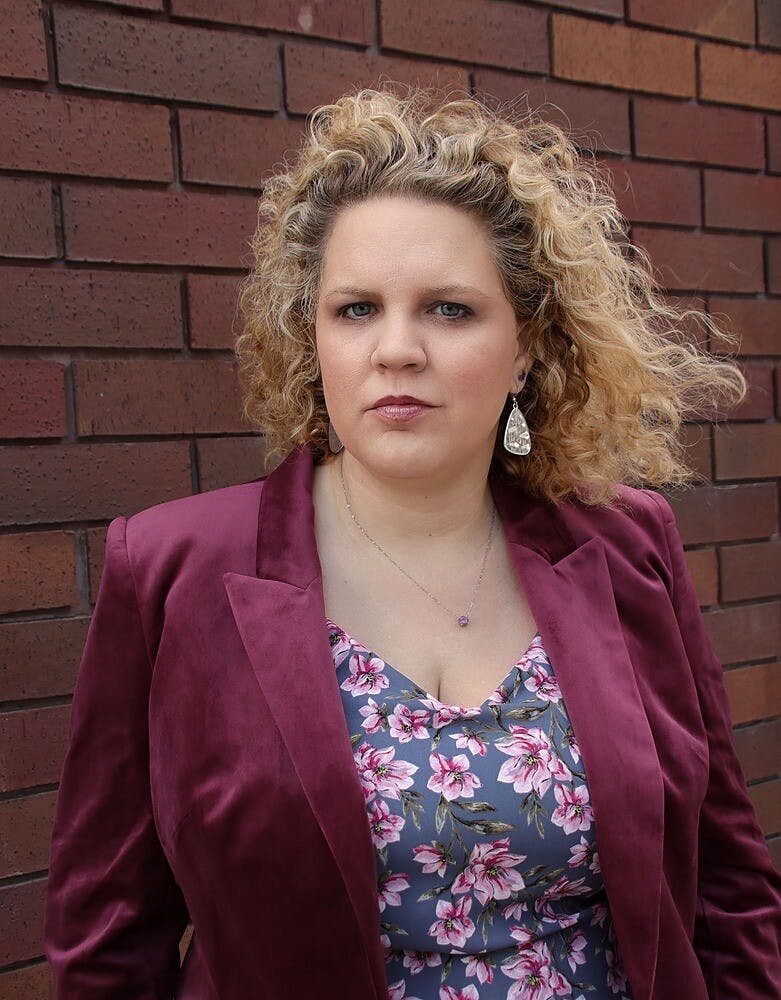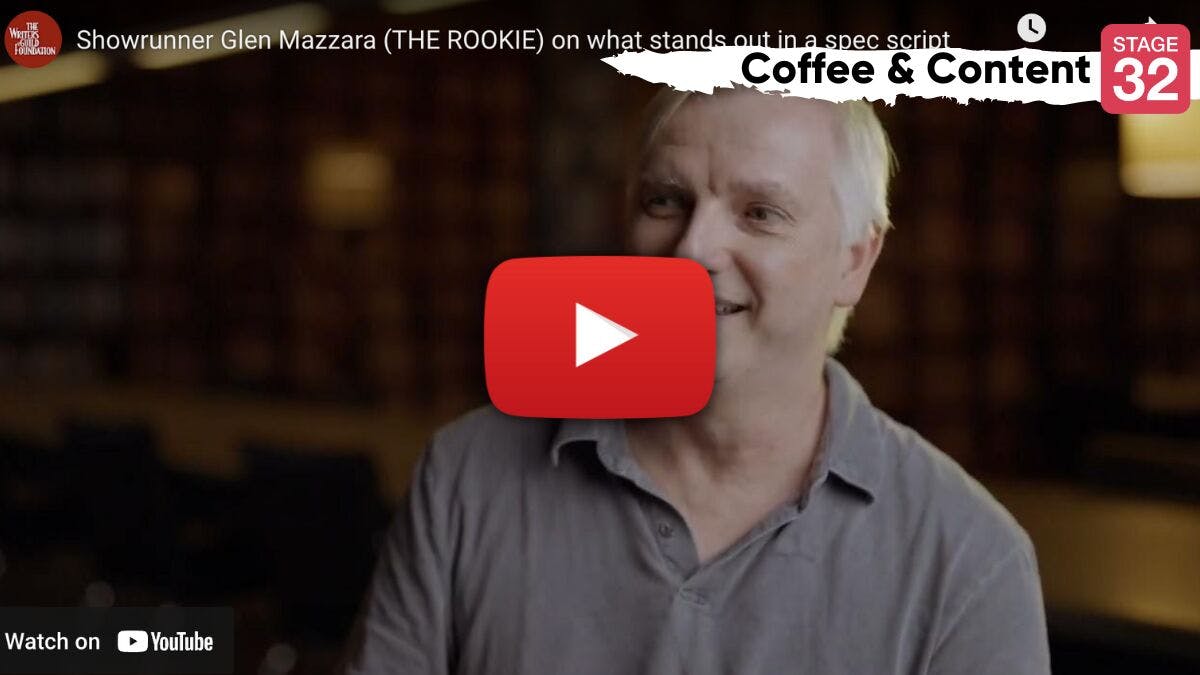Part II: 10 Tips to a Successful Crowdfunding Campaign

Part II: 10 Tips to a Successful Crowdfunding Campaign

Continued from Part I...
-
The Science of Reward Levels. This is my own science, so please realize these Rules of Thumb are my own, based on my own experience and the experience of others I know. Have entry level reward levels, like a dollar or $5. You want people to give you their email address, (in fact, the beauty of crowdfunding in general is that people are paying you to market to them). Don't mail anything until $25, and then everything from $25 to $99 should fit in a 6" x 10" padded envelope or similar (I buy in bulk from here; these cost me $.11/unit); everything above $100 (until you get into big money levels) should fit in a 10.5" x 16" padded envelope (these will cost $.25/unit). I can fit DVDs, a script, an 8x10 photo, a t-shirt and more in one of these bigger envelopes. Postage and packaging costs are incredibly important to consider when planning rewards (see Postage below), especially if you use a cumulative reward approach like I do. A DVD is a great reward because it's usually what people want, it's small and light, and it's cheap to produce, especially in high volume. The key to rewards in general is to come up with things that have value to your potential backers, but don't cost you much or anything. So, like I did with Pig, I give away a free ticket to my No Budget Film School class at about the level it costs an attendee--$250. Someone donating at that level gets a $250 class, $340 worth of free software, 4 DVDs, a t-shirt, a CD, a tarot card reading and more. My out of pocket cost for all of that is about $15, maybe less. Kickstarter will tell you that the most popular level is around $25, so that means give something really good at $25. My rule of thumb is give the film away, at least, at that level.
 My statistics show that the same number of people have given to the $10 level as to the $50 level. That tells me there are a lot of people out there willing to give you $50 for something valuable at that level. Give them a compelling reason to give you more than the $25 they're already prepared to give you. The popularity of levels after $100 goes down dramatically, so you should be designing higher levels around people you know and what they might want. It's hard, though not unheard of, to get a stranger to give you $500 or more. Or $100 or more, for that matter. Like everything on your page, your rewards should show you give a shit--they should be original, clever, and if possible, say something about your film or help tell your story. As a friend of mine put it, you want to "bring the world of the film into the world of your campaign." Last thing I'll say, and this is not meant to diminish anything I've said above, many people are just giving to give and they don't care about the rewards at all. 13% of my backers have chosen No Rewards. Don't lean on this idea, though. Come up with good rewards!
My statistics show that the same number of people have given to the $10 level as to the $50 level. That tells me there are a lot of people out there willing to give you $50 for something valuable at that level. Give them a compelling reason to give you more than the $25 they're already prepared to give you. The popularity of levels after $100 goes down dramatically, so you should be designing higher levels around people you know and what they might want. It's hard, though not unheard of, to get a stranger to give you $500 or more. Or $100 or more, for that matter. Like everything on your page, your rewards should show you give a shit--they should be original, clever, and if possible, say something about your film or help tell your story. As a friend of mine put it, you want to "bring the world of the film into the world of your campaign." Last thing I'll say, and this is not meant to diminish anything I've said above, many people are just giving to give and they don't care about the rewards at all. 13% of my backers have chosen No Rewards. Don't lean on this idea, though. Come up with good rewards! -
Understand How Postage Works. As a corollary to the above Tip, you need to be familiar with how the US Postal Service works BEFORE designing your reward levels, or you will get killed on the postage when you fulfill your rewards. I will probably write a whole article about this in the future, but become familiar with how first class, priority, priority international, flat rate envelopes and packages, etc. work. I can't quote you the specific costs now because they've changed since I did Pig, but I know roughly that my $25 and $50 reward packages will fall into First Class mail, saving me money. Once you exceed First Class weight, then they charge more depending on where it goes. Also, don't send posters at low levels. They're expensive to mail, expensive to print, and a pain in the ass. You have to put them in a separate (and expensive) container, which means you are mailing to the same person twice! A big no-no! Everything you send someone should go in the same package. That's why you have to wait for all your rewards to be created before you can send any of them out. Manage expectations and make sure your backers realize this. Kickstarter asks you what the expected delivery is when you create your reward levels; pick the date that corresponds to the last reward you will create in the level.
-
Spreading the word. Here's where my age gets the best of me. I am not a social media maven. I'm over 40 fucking years old! I'm an email guy. I collect email addresses and send bulk emails out all the time. It's my preferred mode of communication and it works well for a lot of people I communicate with (other old people...). But I realize that Facebook and Twitter are the preferred modes of communication for some people and they're excellent platforms for spreading the word. Bottom line is, you have to use both, you have to use all of it. Some of your potential backers won't even be online. You may want to print flyers or postcards in some cases. My strategy: in the couple of weeks before launching, tee up your best friends and your cast and crew about the campaign. Let them know that you are counting on them for their support. After you launch, but before you tell the world, contact those best friends via email and tell them to give you something to get the ball rolling. Yes, TELL them. These should be the kind of friends you don't have to ask. You want to prime the pump before you start blasting to everyone else. Once you've got around $1,000 or more raised, then start emailing your other friends and supporters. You should think of your personal network as a series of concentric circles. The bullseye are people you send that first email to. The further out from the center someone is, the later you want to contact them, (see Tip #10 below). And you don't pitch to everyone the same way. Some people get the hard sell, some get the soft sell, (like, you don't even ask them to donate). You should contact some people individually, especially potential big-hitters, and some can be included in an email blast. Once you're off to a respectable start, then you can start leaning on Facebook and Twitter, which happens organically anyway. Start a Facebook Event for your campaign and invite all your friends and add your cohorts as hosts to the event, so they can invite all their friends to it too. You can also use Facebook to message your friends, but do it individually, not in groups of people. Ask them to help you spread the word (don't ask for a donation) and give them some text they can use to post on their wall. When someone donates to your project, thank them on their wall and link back to your film's page and post the link to your campaign.
-
Try everything. I didn't get to do this on this campaign like I wanted to, I was just too busy finishing two films, getting my next class off the ground, and running a WonderCon booth, but I'll tell you a little story that illustrates why you should try every idea and run down every possibility, (and also why Kickstarter is so great). Jack qualifies for Sundance's curated Kickstarter page (the writer, director and two producers are alumni). I spoke with them about this and after we launched, I realized we weren't on there. Even though I didn't expect anything to really come of being on the page, I hounded them to add us and it took me about two weeks to finally get on their page. About a week later, I received a $2,500 donation from a Sultan, (no less!). It turns out he is a very generous film lover who regularly donates to pages he likes on Kickstarter. He found our film on Sundance's page.
-
Misc. Odds and Ends. Everyone loves a winner, so front load your donations. Get support early from big hitters. All the statistics show that projects that get off to a strong start usually make their goal. Be gracious. Be humble. Be forgiving, (not everyone you know will support your campaign--let that go now). Thank EVERYONE. Use the Kickstarter platform to message them a thank you and ask them how they heard about the project. Engage with them now and keep up that relationship as you go forward. You're building a community, not just raising money. Do something everyday for your campaign. Plan those things in advance. The bottom line is you have to want to do this. You have to be comfortable pushing your work, selling. Most of us aren't, but if you can't find your way into doing this, find someone else on your team to run the campaign who is. It just doesn't work if you can't put yourself out there. And frankly, for all the hard work, it's actually a lot of fun. I've connected with so many people in the last 29 days. Old friends I haven't spoken to in years. People I've never met. If you believe in your film, it's very gratifying work.
Ok, so there are some more tips I hope you find useful. If you have any questions, please feel free to email them to me. And I invite you to share what's worked for you on your own campaigns.
Now, go out there and make your no-budget films. You really have no excuses anymore.
The Art and Science of No-Budget Filmmaking runs again on May 11th-12th from 9AM-6PM both days. Stage 32 members $50 off the price of the class.
Specifically designed for no-budget filmmakers who are ready to finance their own projects, the lessons, tools, and techniques gained will maximize limited resources and minimize critical errors that can doom otherwise worthy projects. Producer Mark Stolaroff - former principal of IFC's Next Wave Films - and guest experts teach the specific methods, models and priorities unique to micro-budget filmmaking, whether the budget is $200,000 or $200, in this in-depth, one-of-a-kind class. Attendees will walk away with powerful ideas that they can use immediately, saving them time and money. These cutting edge techniques can NOT be found in a book, at film school, or in other film classes.
For more information and to sign up for the class, please visit The Art and Science of No-Budget Filmmaking.
Mark is available for questions and remarks in the comments section below.
About the Author

Mark Stolaroff
Producer
Mark Stolaroff is an independent producer and a founding partner of Antic Pictures, an LA-based production company producing a slate of low budget, high quality digital features. Stolaroff recently completed principal photography on Henry Barrial’s "DriverX," a drama starring Patrick Fabian. This...









